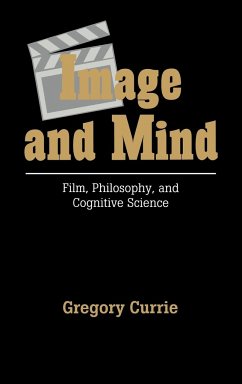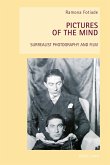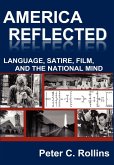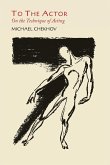This is a book about the nature of film: about the nature of moving images, about the viewer's relation to film, and about the kinds of narrative that film is capable of presenting. It represents a very decisive break with the semiotic and psychoanalytic theories of film which have dominated discussion over the last twenty years. The central thesis is that film is essentially a pictorial medium and that the movement of film images is real rather than illusory. A general theory of pictorial representation is presented, which insists on the realism of pictures and the impossibility of assimilating them to language. It criticises attempts to explain the psychology of film viewing in terms of the viewer's imaginary occupation of a position within the world of film. On the contrary, film viewing is nearly always impersonal.
Table of contents:
Introduction: the essence of cinema; Part I: Representation in Film; 1. The myth of illusion; 2. The imprint of nature; 3. Realism; 4. Languages of art and languages of film; Part II: Imagination; 5. Imagination, the general theory; 6. Imagination, personal and impersonal; 7. Travels in narrative time; Part III: Interpretation; 8. The interpretative problem; 9. Narrative and narrators.
This is a book about the nature of film: about the nature of moving images, about the viewer's relation to film, and about the kinds of narrative that film is capable of presenting. It represents a very decisive break with the semiotic and psychoanalytic theories of film which have dominated discussion over the last twenty years.
This book develops a theory of the nature of the cinematic medium, of the psychology of film viewing, and of film narrative.
Hinweis: Dieser Artikel kann nur an eine deutsche Lieferadresse ausgeliefert werden.
Table of contents:
Introduction: the essence of cinema; Part I: Representation in Film; 1. The myth of illusion; 2. The imprint of nature; 3. Realism; 4. Languages of art and languages of film; Part II: Imagination; 5. Imagination, the general theory; 6. Imagination, personal and impersonal; 7. Travels in narrative time; Part III: Interpretation; 8. The interpretative problem; 9. Narrative and narrators.
This is a book about the nature of film: about the nature of moving images, about the viewer's relation to film, and about the kinds of narrative that film is capable of presenting. It represents a very decisive break with the semiotic and psychoanalytic theories of film which have dominated discussion over the last twenty years.
This book develops a theory of the nature of the cinematic medium, of the psychology of film viewing, and of film narrative.
Hinweis: Dieser Artikel kann nur an eine deutsche Lieferadresse ausgeliefert werden.








